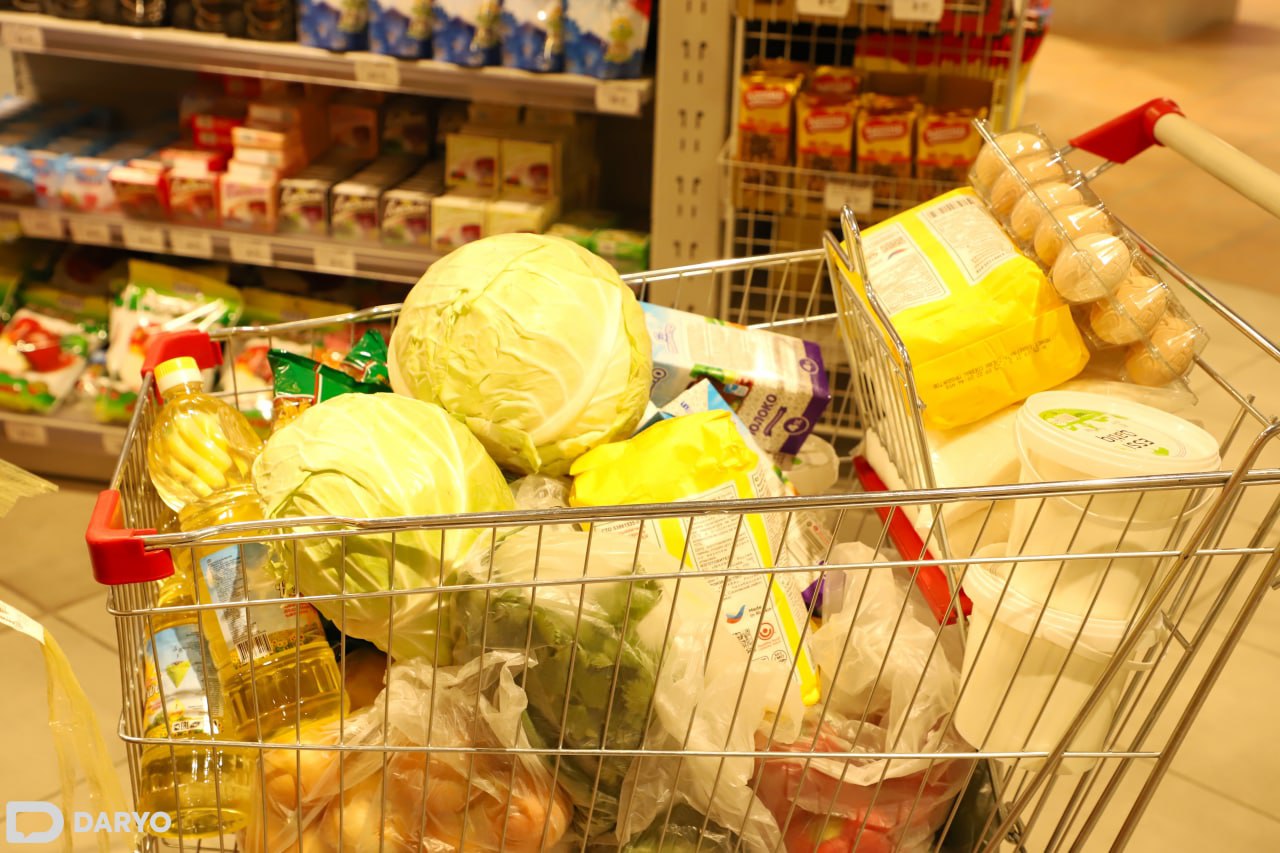Kazakhstan experienced a 1.1% increase in the monthly consumer price index in January 2025, up from 0.9% in December 2024. The rise was driven by higher food prices, which increased by 1.4%, paid services by 1.1%, and non-food products by 0.6%.
Annual inflation in January 2025 was recorded at 8.9%. Paid services saw the highest annual price hike at 13.8%, followed by non-food products (8.4%) and food products (5.8%).

Among food items, the largest price hikes were seen in potatoes, which rose by 16.4%, and cabbage, which increased by 8.8%. Other notable increases included garlic (6.4%), cucumbers (5.4%), and grapes (4.1%). Prices for butter and sunflower oil also went up by 4.1% and 3.9%, respectively. Conversely, some items like buckwheat groats, oranges, and rice saw price drops of 1.5%, 0.8%, and 0.6%, respectively.
In the housing and communal services sector, there were noticeable price increases for intercom services (4.1%), housing maintenance (2.5%), central heating (2.2%), and hot water (1.7%). Electricity prices saw a 1% increase. Other services, such as parcel services and car insurance, also became more expensive, rising by 17.7% and 6.5%, respectively.
Household appliances saw a price increase of 3.9%, while cars rose by 2.4%, and textiles and tableware went up by 0.8%.
Regional disparities were observed in inflation rates. Atyrau region had the highest inflation rate at 2.2%, exceeding the national average by 1.1 percentage points. Meanwhile, Almaty and Turkestan regions reported the lowest inflation rates at 0.7%.
Food prices saw the highest increase in Zhambyl region, where they rose by 2.1%. Non-food products increased most in Batys Kazakhstan region (1.5%), while Atyrau region experienced the biggest jump in paid services, with a 5.5% increase.
Notable annual tariff increases included cold water (43.2%), water disposal (26.1%), and central heating (23.1%). Prices for hot water, electricity, and garbage collection also saw significant rises. Additionally, communication and transport services became more expensive, with cellular communication services increasing by 27% and railway passenger transport by 18.6%.
Among consumer goods, laptops experienced the largest price jump, rising by 66.2%, followed by kitchen stoves (55.9%) and tablets (45.9%). The price of essential food items also surged, with potatoes up by 59.3% and onions by 25.1%. On the other hand, buckwheat groats fell by 21.6%, and grapes became 4.6% cheaper.
The consumer price index (CPI), which measures the level of inflation, is calculated monthly, tracking price changes across 508 goods and services. The data is available on an interactive dashboard, with inflation trends dating back to 2018.
Follow Daryo's official Instagram and Twitter pages to keep current on world news.
Comments (0)